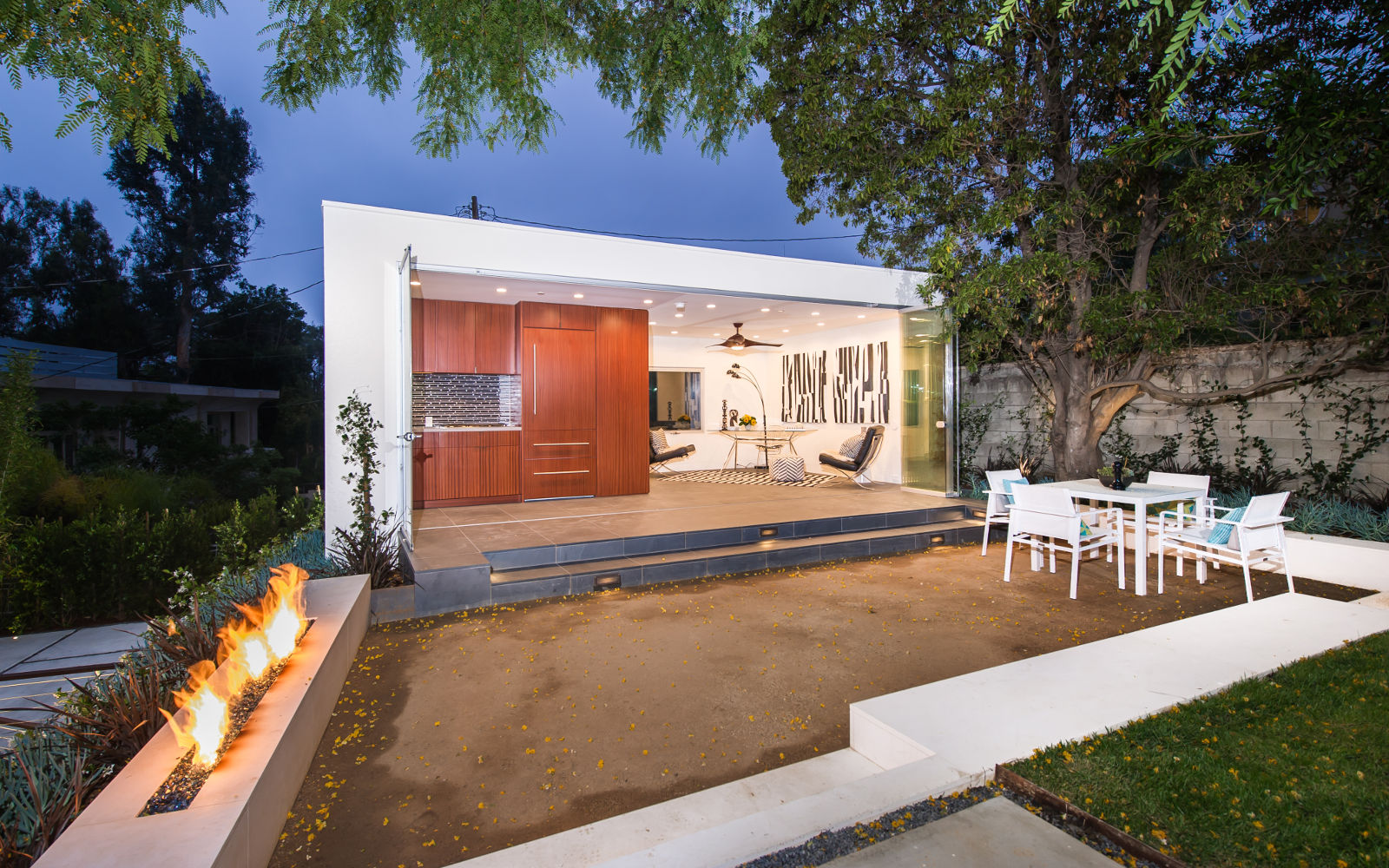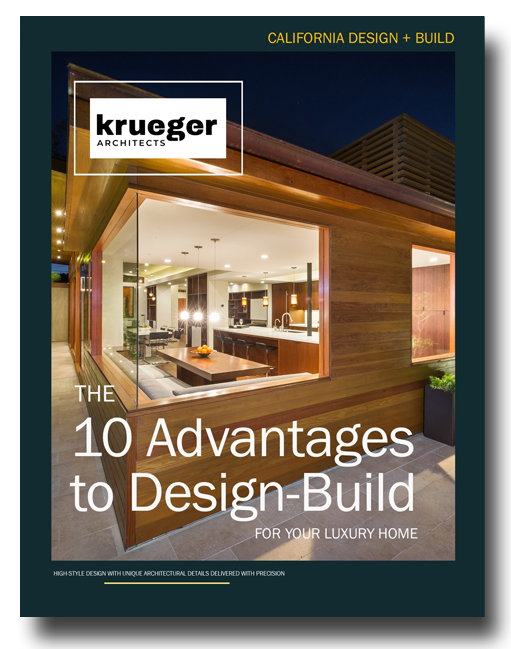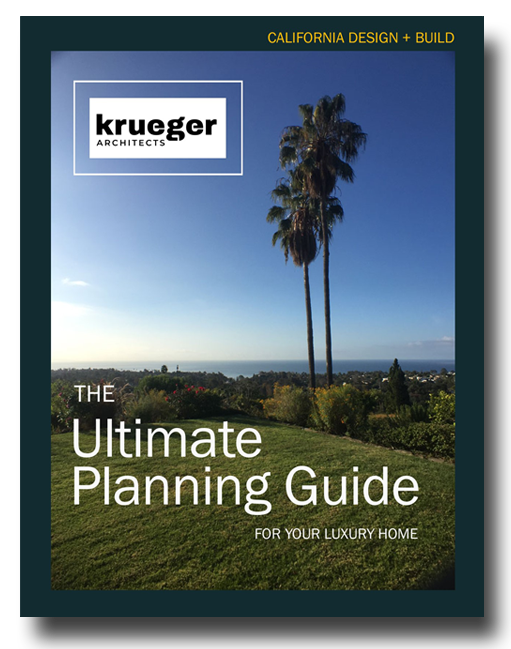Kurt Krueger is back in the latest issue of Living Brentwood to discuss the 2020 changes regarding Accessory Dwelling Units (ADUs). Kurt is the Principal Architect and Owner of Krueger Architects based in Brentwood. He’s an ongoing expert architect contributor for Living Brentwood, an exclusive magazine serving the Brentwood neighborhood. Below is the full article as it appeared in the May 2020 issue.
California ADU Rule Changes in 2020
ADUs are getting a lot of attention lately due to a heavy push for additional housing in California because they provide an affordable option. California has enacted new laws for 2020 that make it easier to build ADU units.
What is an ADU?
Accessory Dwelling Units (ADUs) are additional living units added to an existing single-family or multi-family property. ADU’s have been known by many names: granny flats, backyard cottages, in-law units, secondary units, garage apartments, etc.
ADUs can be detached (a separate building in the backyard), attached to or part of the primary residence, or a garage conversion. ADUs are independent rental units that have kitchens, bathrooms, living areas, and entrances.
What are the Benefits of ADUs?
ADU’s are very often an affordable home solution because they do not require paying for new land and infrastructure or covered parking.
Some other benefits of ADUs include:
- ADUs can provide a source of income for homeowners by providing creating rental units
- ADUs allow extended families to be near one another while maintaining privacy.
- ADUs give homeowners the flexibility to share independent living areas with family and friends and allow seniors to age in place as they require more care.
- ADUs can provide as much living space as many newly built apartments and condominiums and are a great solution for many couples, small families, friends, young adults, grown children, elderly parents, and caregivers.
- ADUs can be built with traditional wood frame construction, which is significantly less costly than building new multifamily buildings in urban settings.
- “Empty-nesters” can stay in their neighborhoods by moving into a smaller ADU and renting their larger existing home to pay the mortgage.
What are the New 2020 ADU Rule Changes?
- You can now add two ADUs to your property
If you have a property zoned as single-family, you are now allowed two ADUs: One full Accessory Dwelling Unit (ADU) and one Junior Accessory Dwelling Unit (JADU). A JADU is created by converting part of an existing residence, such as a spare bedroom or attached garage, and can be a maximum of 500 sq ft. - Larger ADUs are allowed without HOA prohibitions
In the last few years, many cities attempted to override the ADU rules through local ordinances that limit the size of ADUs based things on the lot size and lot coverage. With the 2020 rules, you can now build a new detached ADU up to 800 square feet and 16 feet tall without any local discretionary approvals. ADUs created by conversion are also to be granted automatic approval. If a local municipality creates its own ADU ordinance, it must permit an ADU up to 850 square feet or 1,000 square feet for an ADU that contains more than one bedroom. Furthermore, neither HOAs or property CC&Rs can reasonably prohibit ADUs or JADUs. - Smaller Setbacks
New ADU’s now have a reduced setback of 4’ for side and rear yards. - Replace Existing Detached Garage to Retain Setbacks
If you have an existing garage or carport and want to convert it to an ADU, it may be in such poor condition that it costs more to repair than to replace it. The new law will allow you to remove your existing structure and replace it with a new ADU that matches the original footprint, allowing you to keep the existing building’s reduced setbacks.
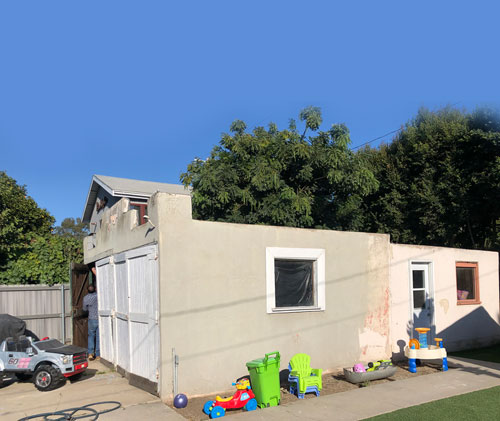
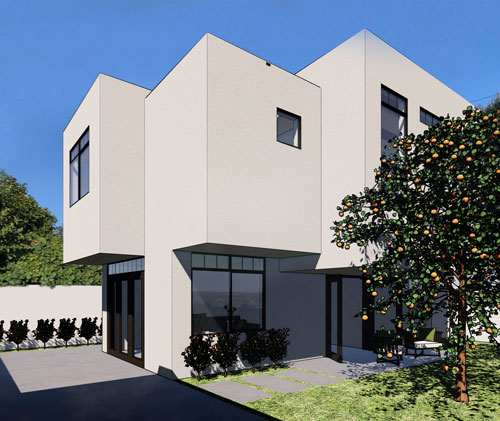
-
- Multi-Family Homes can now add ADUs
Portions of existing multi-family structures that are not used as livable spaces, such as storage rooms, garages, mechanical rooms, carports, attics or basements, can now be converted to ADUs. A minimum of one ADU can be created using this method and a maximum of 25% of the total units. For example, if you had a 12 unit apartment building, you would be able to create up to 3 new ADUs by converting this existing non-livable space. - New Parking Rules
ADUs still require one parking space per unit or bedroom if you are located more than half a mile from public transit. Starting in 2020, ADUs do not require parking if they are created within an existing space of your home or accessory structure, such as a carport or garage. Also, if a garage or carport is demolished or converted to create a new ADU, no replacement parking is required. - No Owner Occupancy Requirements
The new ADU law allows a five-year moratorium on owner-occupancy requirements. In other words, until 2025, you are now allowed to lease out both your home and ADU! Previously, it was required that the homeowner lives in one of the units. - Shorter Approvals & Fees
Cities must provide approval or denial of ADUs within 60 days of receiving the application when there is an existing single-family dwelling on the property. Previously, this was 120 days. Also, cities can no longer charge impact fees for ADUs under 750 square feet. For ADUs larger than 750 square feet, impact fees shall be proportional to the size of the ADU with the primary residence. - Unpermitted ADUs are Easier to Legalize
You now can bring your unpermitted ADU up to code within 5 years.
- Multi-Family Homes can now add ADUs
These are just a few of the changes to the 2020 ADU rules. Your architect can help you best navigate which options are best suited for your property. If you are looking for an architect to help you with adding a new ADU to your property or retrofitting or renovating an existing ADU on your property, contact us today to discuss.
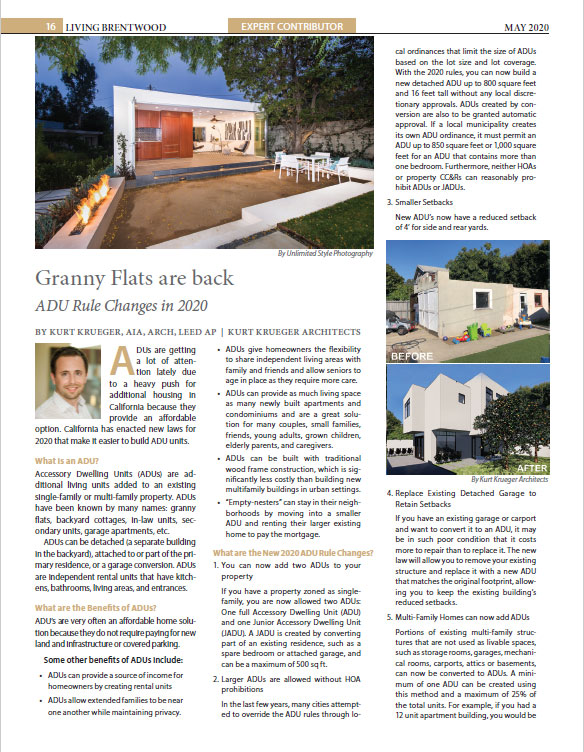
Living Brentwood magazine is published by Best Version Media. BVM is a specialized publishing company that produces publications for affluent neighborhoods throughout the U.S. Their mission is to bring neighbors and businesses together with a positive, relevant and family-friendly monthly magazine customized to meet the needs of our neighborhoods. Delivered direct to residents monthly, it contains the most relevant information and hot topics of interest to the community: from architecture, to decorating, to food, travel, and local business features, Living Brentwood is a must read for our community.
To see the article as it originally appeared click the image or use this link for the .pdf of the May 2020 Living Brentwood.

